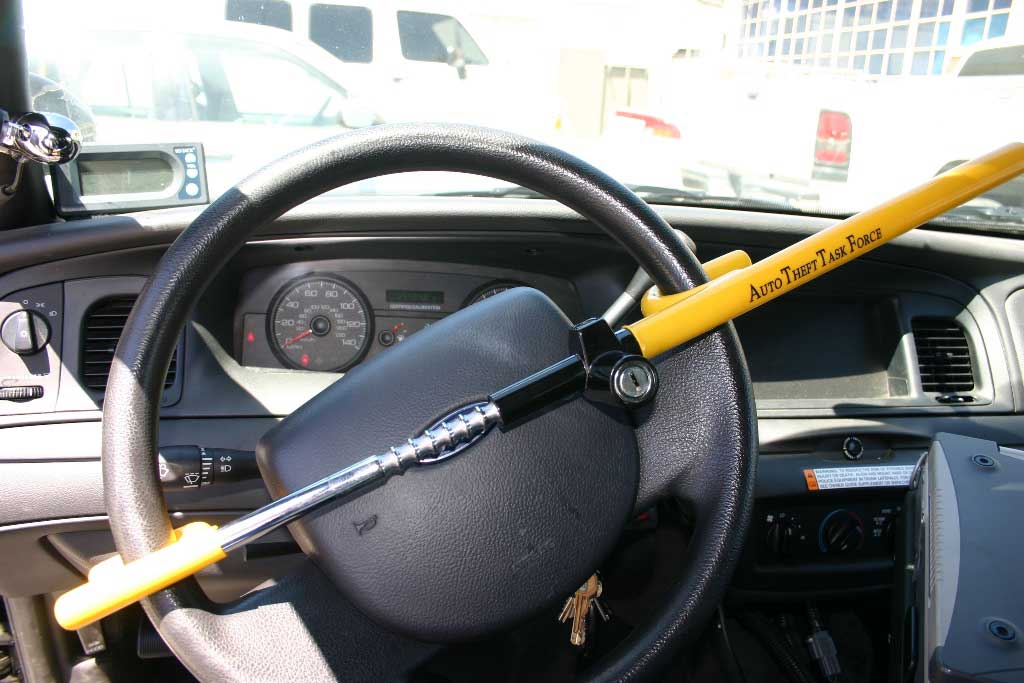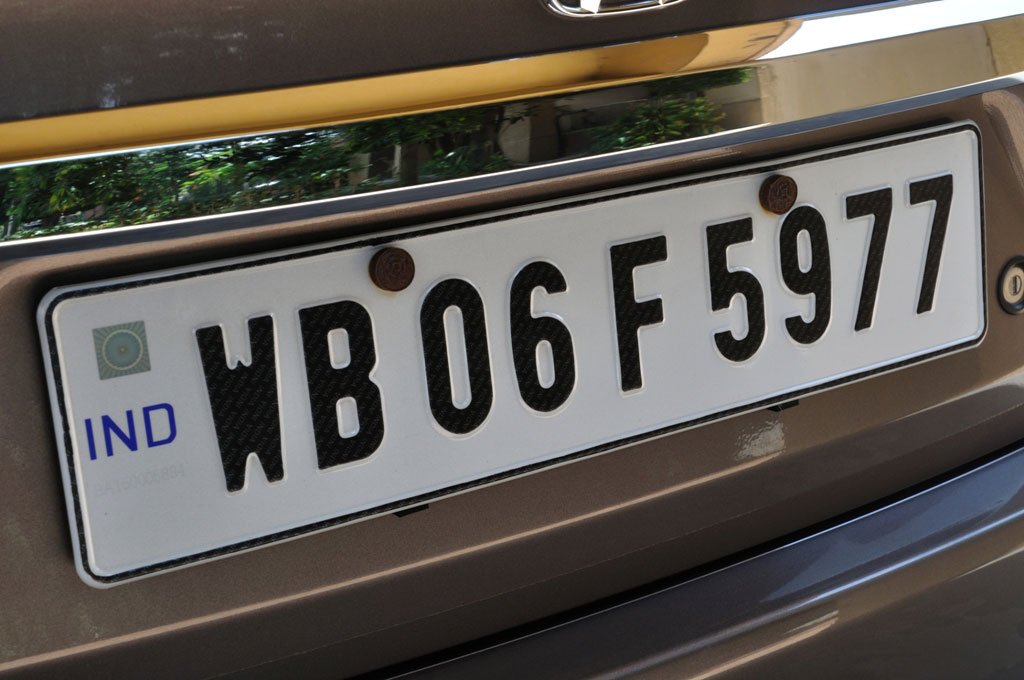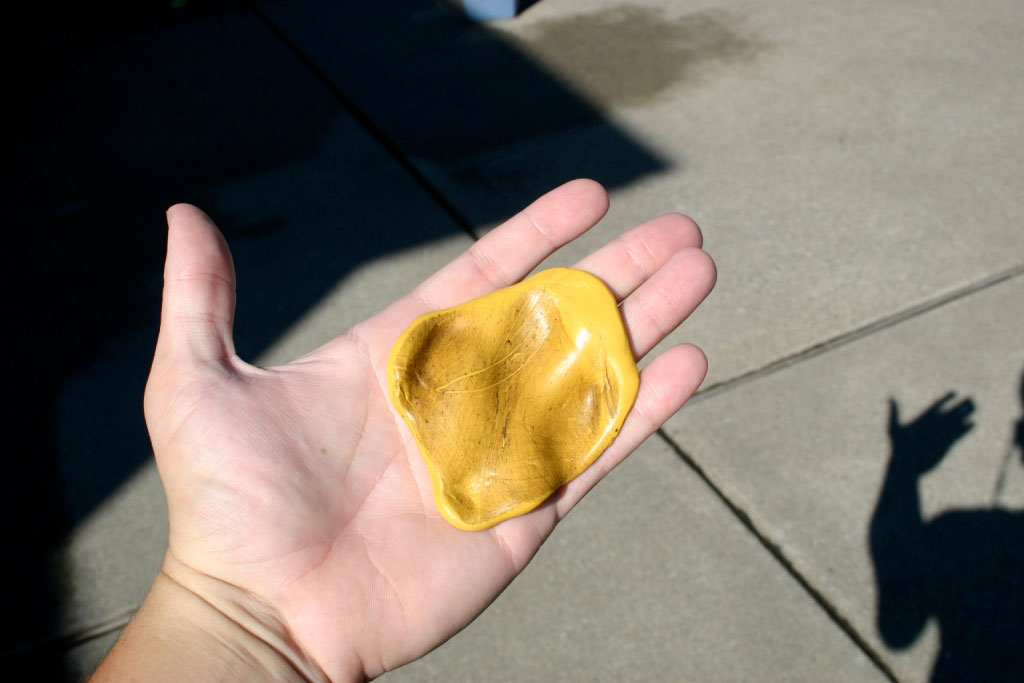Your start to a perfect morning or that greatest road trip can come to a screeching halt with dead batteries. You may have left your headlights on or your cabin lights on or played the stereo for too long leaving it drained and dead. Maybe it’s an old battery and will die out eventually one day. It is during these times of trial that your knowledge about jump starting a car will come in handy.
There are two ways to jump start a car, one being with the jumper cables while the other having someone that pushes the car for you.
Jump Start your car using jumper cables
Things you will need –
- Working Car
- Jumper Cables
Step 1 – Check if the battery has drained
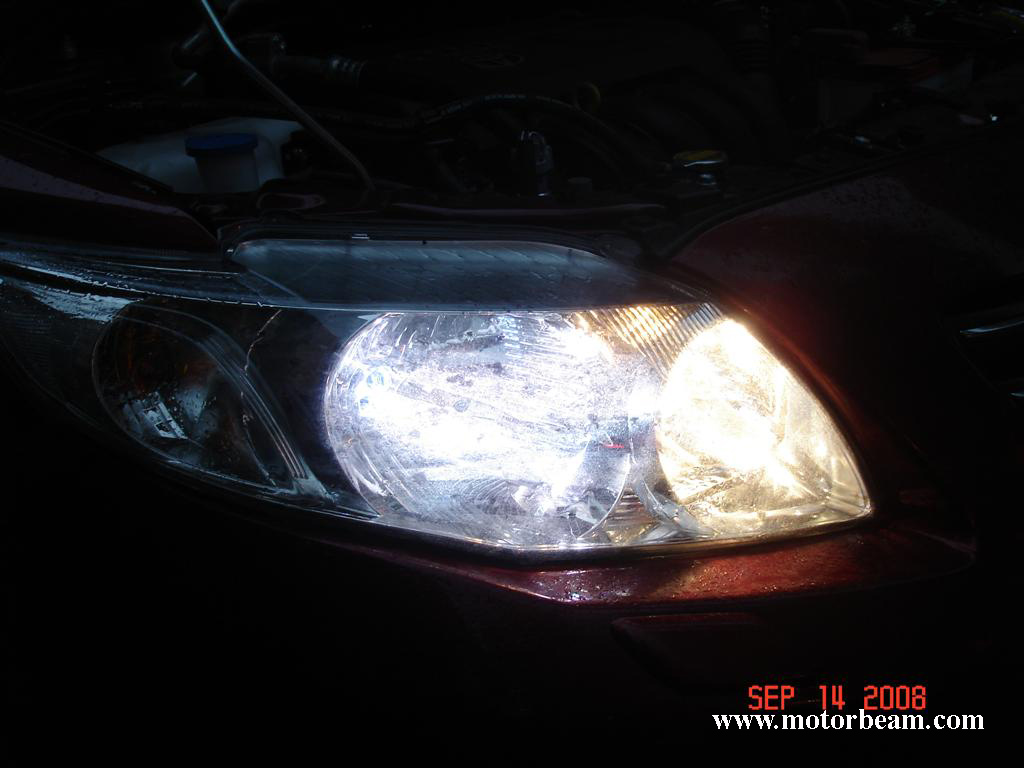
You first need to check if it is the battery that has drained. The best way to do so is check the headlights of your car. If you feel they are dim than usual it is indeed the drained battery, if the headlights are perfectly fine, then it could be another issue that is not letting your car start. Then check by starting your car. If it cranks quickly, you may have some other issue and not a battery problem; but if it cranks slowly, it is definitely a dead battery.
Step 2 – Get the working car against the dead car
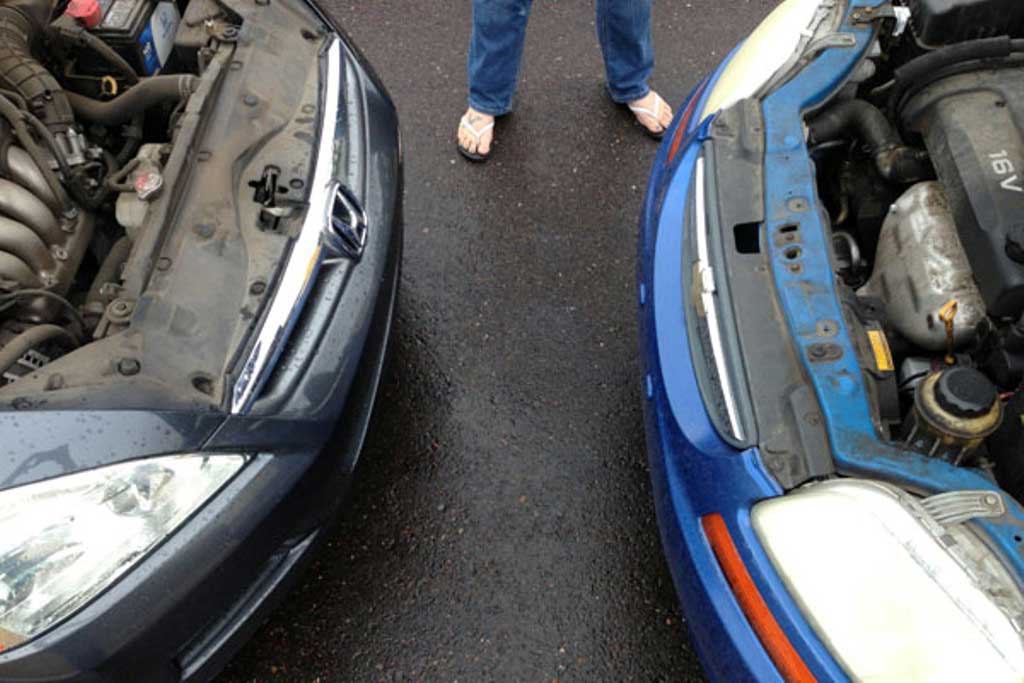
Get the working car close to the dead car with just a few inches gap. Make sure not touch both cars.
Step 3 – Set up the Jumper Cables
A battery has two terminals connected, the positive marked by (+) sign and the negative marked by (–) sign. To jump start a car using jumper cables, you need to connect the jump cables with the battery of a working car. The jump cables need to be very thick so that they can take the high power. Always purchase a branded or safety approved jump cables. The jumper cables will come in two colours namely red that denotes the positive (+) while the black denotes the negative (-). Jumper cables will come with clamps at both ends. It is best advised to wrap the hand of the clamp with electrical tape as a safety precaution, so that you don’t get zapped. Jumper cables are also very light, so you can always carry them in the boot of your car.
Step 4 – Connect the jumper cables
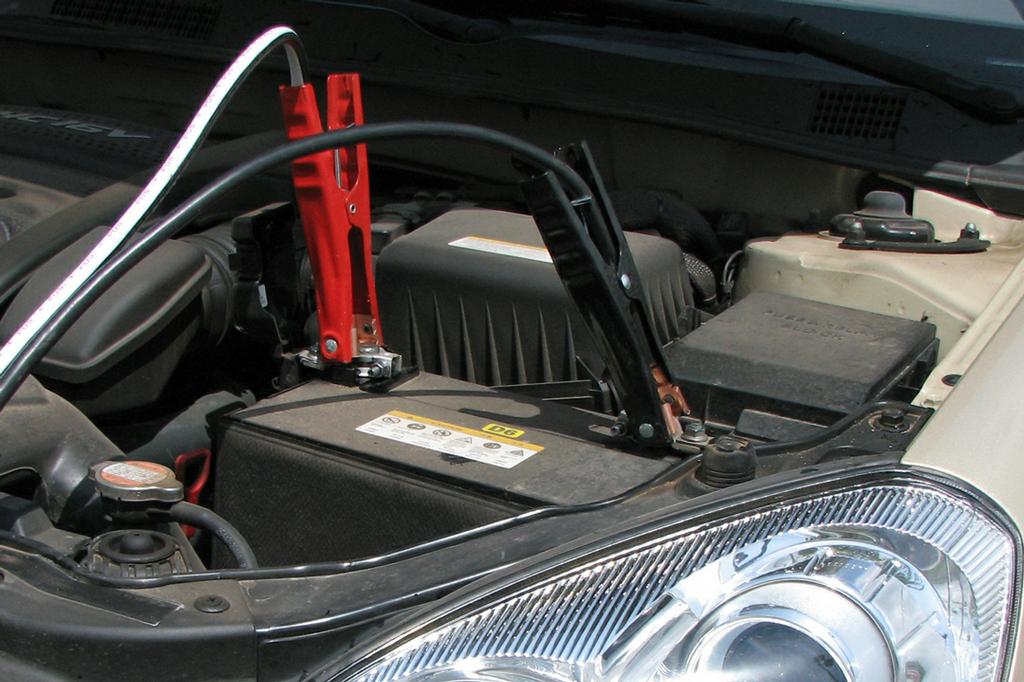
Make sure that the both the cars are turned off and the keys are removed from the ignition.
- Connect the Positive jumper cable to the positive terminal of the dead battery.
- Connect the other side of the Positive jumper cable to the positive terminal of the working battery
- Now connect the negative jumper cable to the negative terminal of the working battery.
- Connect the other end of the negative cable to a clean; shiny, unpainted metal surface ideally near the engine block is a good idea as ground.
Never ever connect the negative jumper cable to the negative terminal of the dead battery. It is highly dangerous and could blow up the battery. Just wiggle all the connections once so that the teeth of the clamps are firmly attached to the terminals.
Step 5 – Start the Working Car
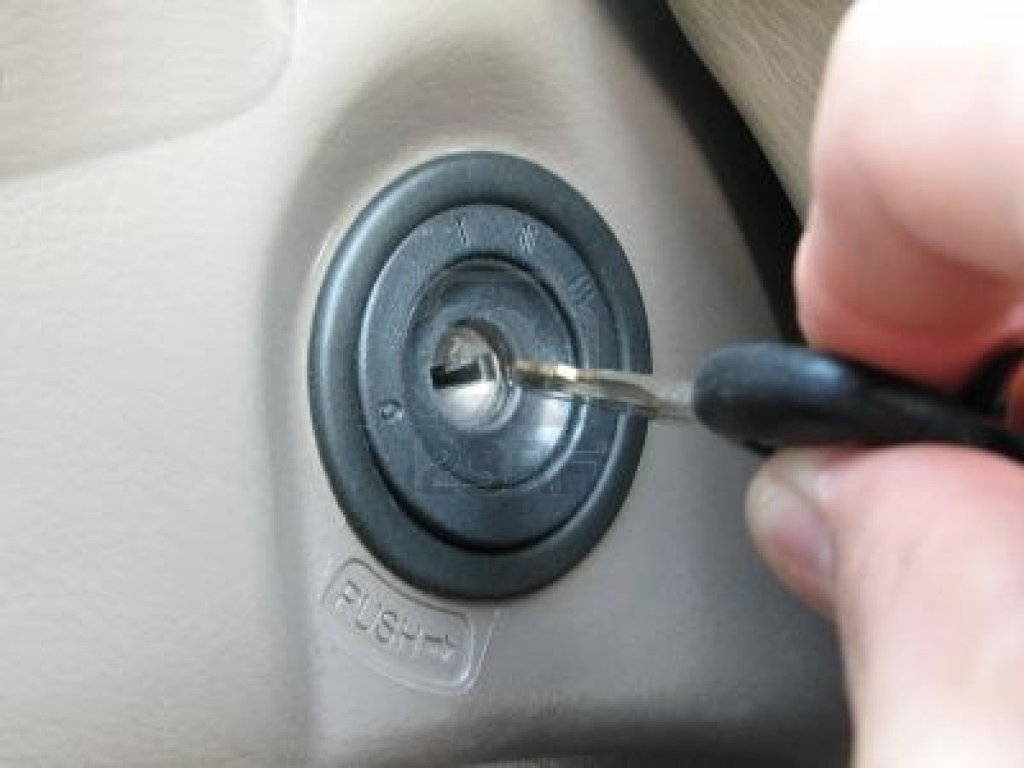
Once you have connected the cables, start the working car. The normal output of a car battery is 12 volts and reduces to 6 volts when transferring power to another battery. The car is run so that the working battery does not drain in the process. Leave the engine running a little more than idle at around 1500 RPM for five minutes to charge the dead battery.
Step 6 – Start the Dead Car
After a 5 minute gap, the dead battery would have accumulated enough charge to start the car. Turn on the ignition in the dead car, if the battery has been sufficiently charged the car will start up. If it doesn’t start, let the car charge for another ten minutes and try starting over again.
Step 7 – Remove the Jumper Cables
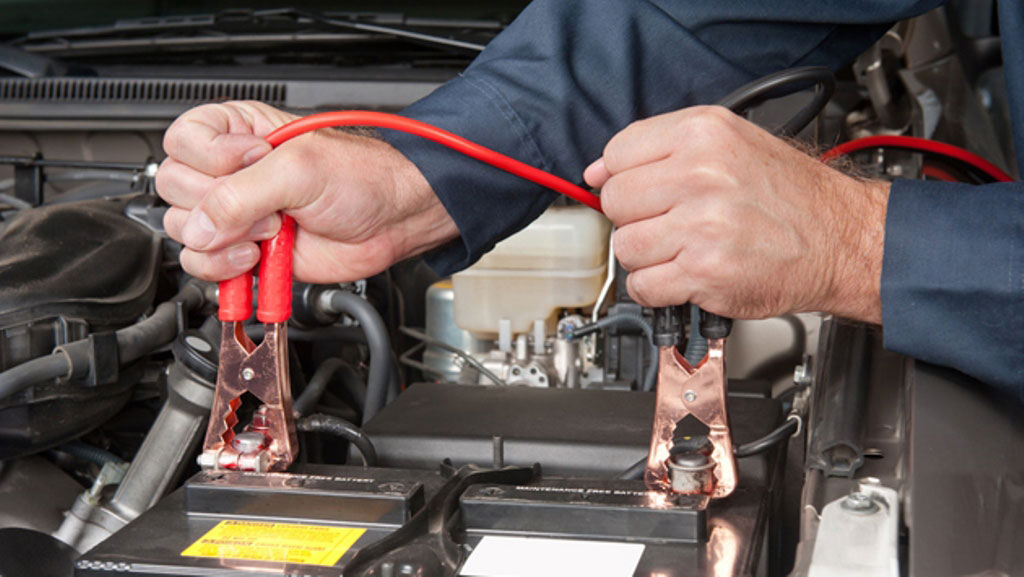
With both the car engines running, remove the jumper cables the same way you put them up.
- Remove the negative cable that was connected to the shiny metal part as ground.
- Remove the negative cable connected to the negative terminal on the working battery.
- Remove the positive cable connected to the positive terminal on the working battery.
- Remove the positive cable connected to the positive terminal connected on the dead battery.
Once you have removed the cables, keep the car running for another fifteen minutes to recharge itself. You have now successfully charged your battery.
Step 8 – Get your battery checked
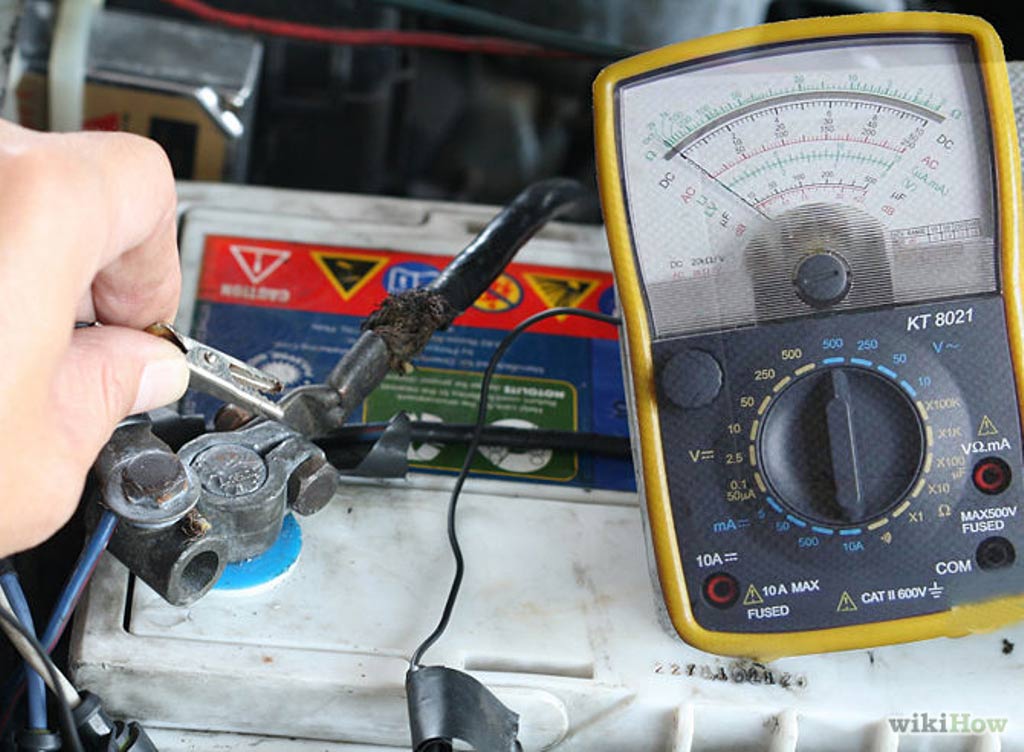
Even though the reason for a dead battery could be lights being left on, but it is always better to check if there are any other issues with the battery. If the battery is too old, it is due for a replacement.
Things to remember –
- The voltage of a car battery is too less for someone to get electrocuted, even though you may get a shock you will not die.
- If you find the smell of rotten eggs near the battery then do not jump start your car. It is the smell of hydrogen fumes that are by product of batteries and are extremely flammable.
- Do not connect the negative cables first and the positive cables after, there is a possibility of a short circuit.
- When purchasing jumper cables, always purchase the cables with a lower gauge number. The lower the number, the heavier is the conductor.
- Let the working vehicle accompany you till a distance just in case the battery dies again.


